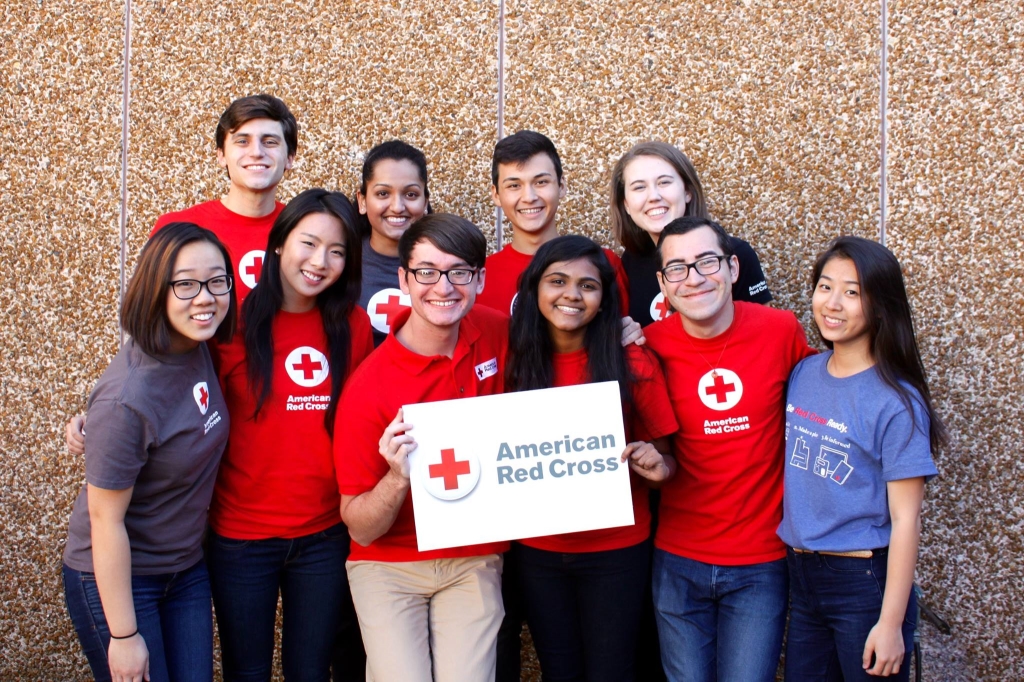**Title: How Much Is Phlebotomy School: Cost, Requirements, and Career Outlook**
**Meta Title: Discover the cost of Phlebotomy School and how to become a certified phlebotomist.**
**Meta Description: Curious about the cost of Phlebotomy School? Explore the expenses, requirements, and career opportunities in this comprehensive guide.**
**Introduction:**
Are you considering a career in healthcare but not sure where to start? Phlebotomy might be the perfect path for you! Phlebotomists are vital members of the healthcare team who specialize in drawing blood for tests, transfusions, donations, and research. But before you can start your journey as a phlebotomist, you’ll need to attend a Phlebotomy School. In this article, we’ll dive into the cost of Phlebotomy School, the requirements to enroll, and the promising career outlook for certified phlebotomists.
**Cost of Phlebotomy School:**
The cost of Phlebotomy School can vary depending on the type of program you choose and the institution you attend. On average, tuition for a Phlebotomy certificate program can range from $700 to $2,000. Here is a breakdown of some typical expenses you may encounter:
| Expense | Cost Range |
|————————-|—————–|
| Tuition | $700 – $2,000 |
| Textbooks and Supplies | $150 – $300 |
| Uniform and Equipment | $50 – $150 |
| Certification Exam Fee | $90 – $200 |
It’s essential to research different Phlebotomy programs to find one that fits your budget and offers comprehensive training. Some schools may also offer financial aid, scholarships, or payment plans to help offset the cost of tuition.
**Requirements to Enroll in a Phlebotomy School:**
Before enrolling in a Phlebotomy School, you’ll need to meet specific requirements to qualify for the program. While requirements can vary by institution, here are some common prerequisites for Phlebotomy School:
1. High School Diploma or GED: Most Phlebotomy programs require applicants to have a high school diploma or equivalent.
2. Background Check: Some schools may require a background check or drug screening before acceptance into the program.
3. Immunizations: To work in healthcare settings, you’ll need to provide proof of immunizations, including Hepatitis B and influenza vaccines.
4. CPR Certification: CPR certification is often a requirement for phlebotomy students to ensure they can respond to emergencies.
5. English Proficiency: Since phlebotomy involves clear communication with patients, proficiency in English is typically required.
By meeting these requirements, you can begin your journey to becoming a certified phlebotomist and making a positive impact in the healthcare field.
**Career Outlook for Phlebotomists:**
The demand for phlebotomists is expected to grow in the coming years, with an average job growth rate of 17% through 2029. According to the Bureau of Labor Statistics, the median pay for phlebotomists is around $35,510 per year, with opportunities for advancement as you gain experience and specialized training.
Phlebotomists can work in a variety of settings, including hospitals, clinics, blood donation centers, and research laboratories. With the right training and certification, you can enjoy a rewarding career as a phlebotomist and contribute to the well-being of patients in need.
**Conclusion:**
the cost of Phlebotomy School can vary, but with careful planning and research, you can find a program that fits your budget. By meeting the requirements for enrollment and completing your training, you can embark on a fulfilling career as a certified phlebotomist. With a promising job outlook and opportunities for growth, phlebotomy offers a rewarding path in the healthcare industry. If you’re passionate about helping others and enjoy working in a fast-paced environment, consider pursuing a career in phlebotomy.
